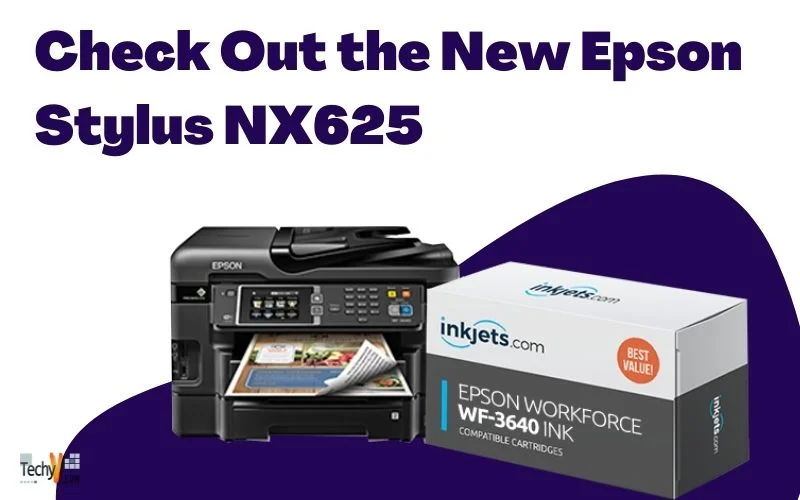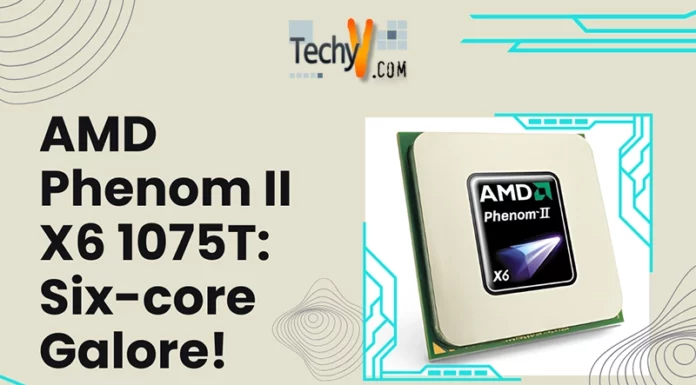Check Out the New Epson Stylus NX625
Epson Stylus NX625 is an average-priced, multifunctional printer developed specifically for home use. Despite the fact that it would require some position to keep up with, it is quicker and more complete than its predecessor, the Epson Stylus NX515. Its tilt-able front panel is attached by a Colored LCD.
It also has a paper tray internally installed that can accommodate 150 sheets of paper and has an automatic duplexer to make it easier to print on all sides of the paper. This adds to a home-office design. Though it does not have a port for printing from USB thumb drives and cameras that are PictBridge-enabled, it has slots that various types of memory card sizes and formats can be compatible with. Its flatbed scanner platen can fit up to the A4 size paper. However, it does not have ADF or automatic document feeder.




It does not simply scan, copy, and print documents and pictures, but it can also send a scanned file to an email, function as an independent copier, and can directly print from memory cards. The NX625 was tested over an Ethernet connection to a PC Windows Vista. The Epson said that it could ship with full sets of drivers for the 32bit and 64bit Vista versions, Windows 7, and Windows XP, and some Mac OS versions.
Performance
The NX625 glided with ease through the newest versions of our business applications package (timed with Quality Logic‘s software and hardware) in a mere 3 minutes and 45 seconds. The NX515, which is way faster than other competitors when it was announced, proved to be slower. Meanwhile, the Kodak ESP 5250 and Canon Pixma MP560 Wireless Photo All-in-One, which has similar prices, were much slower with a time of 5 minutes and 19 seconds, and 6 minutes and 18 seconds, respectively.
The NX625 took almost a minute to print an average- sized photo, a common time for an Inkjet MFP.
Superiority
The text quality and graphics quality of NX625 is typical for Inkjets today. It is definitely suitable for business and school use. However, graphics quality has some minor set-backs, such as wavering where solid areas are broken into pale dot patterns, the banding which faded, and parallel light lines and crisscrossed solid areas, and a tendency of the lines to break. Moreover, the photos might come out lighter with tone and colors are a bit subdued. It has also a tendency to lose very thin lines.


















